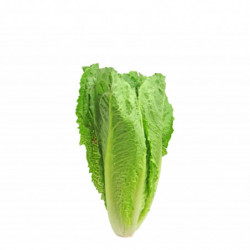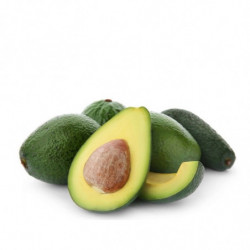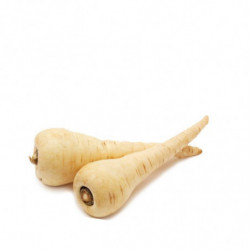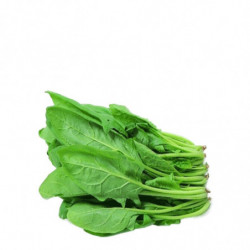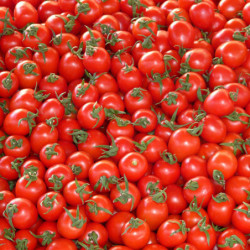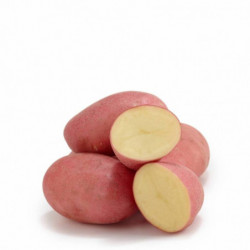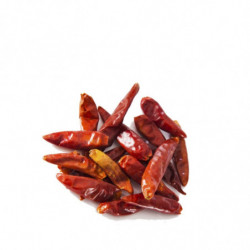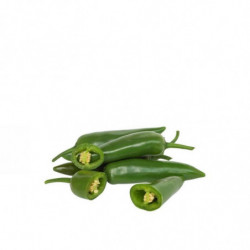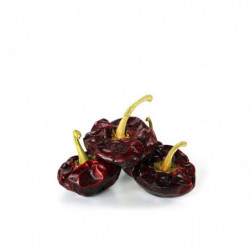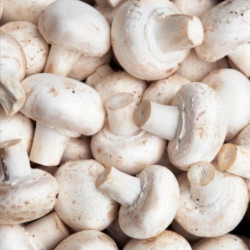Romaine Lettuce: Features and Benefits
Romaine lettuce, also known as cos, is a variety of lettuce characterized by long and narrow leaves, dark green in color, and with a crispy texture. Below, I provide a comprehensive report that includes information about the history, agriculture, botany, health, and gastronomy of romaine, as well as a step-by-step recipe as if I were a chef.
History
Romaine lettuce originates from the Mediterranean, where it was cultivated in ancient Greece and Rome. In ancient Rome, this lettuce was highly prized and consumed as an exclusive food of the upper classes.
Agriculture and Botany
Romaine lettuce is grown in cool and humid climates and is highly resistant to frost. It can be sown in autumn or spring and takes approximately 75 days to mature. There are several varieties of romaine lettuce, such as 'Cimarrón', characterized by reddish leaves and a crispy texture, or 'Parris Island', which has light green leaves and a softer texture.
Health
Romaine lettuce is an excellent source of vitamins A and K, as well as folic acid and iron. It also contains antioxidants and fiber, making it a very healthy and beneficial food for the digestive system.
Gastronomy
Romaine lettuce is highly versatile in the kitchen and can be used in a variety of dishes. For example, it can be used as a base for salads, as an ingredient for sandwiches and wraps, or even cooked in the oven or on the grill.
Recipe
Grilled Romaine and Chicken Salad
Ingredients
- 1 romaine lettuce
- 2 chicken breasts
- 1 tomato
- 1 cucumber
- 1 red onion
- 1/2 cup black olives
- 1/2 cup feta cheese
- Olive oil
- Salt and pepper
Instructions
- Wash and chop the romaine lettuce into small pieces.
- Slice the tomato and cucumber thinly and the red onion into strips.
- Heat the grill over medium-high heat. Season the chicken breasts with salt and pepper, and brush with olive oil. Place the chicken breasts on the grill and cook for about 6 minutes on each side, or until cooked through.
- Remove the chicken breasts from the grill and let them rest for a few minutes before cutting them into thin strips.
- In a large bowl, mix the romaine, tomato, cucumber, red onion, black olives, and feta cheese.
- Add the chicken strips.
